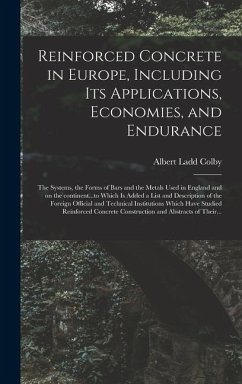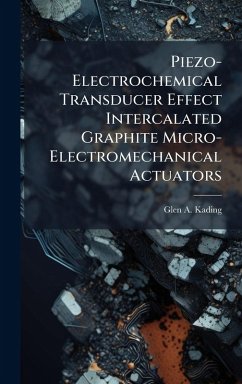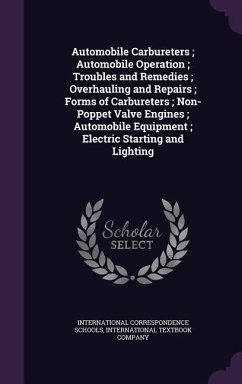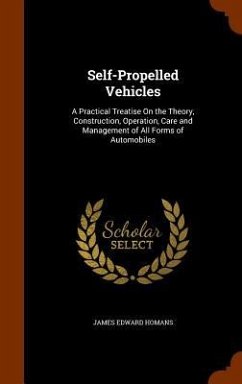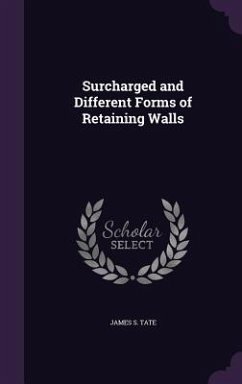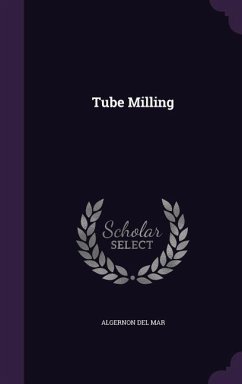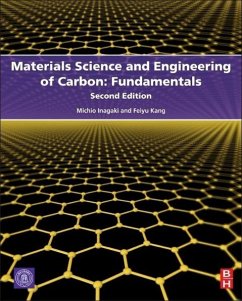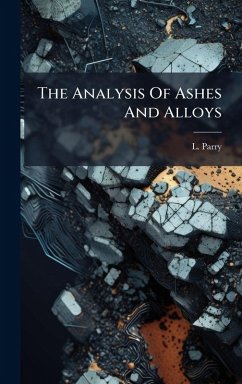
Fabrication and Evaluation of Graphite Fiber-Reinforced Polyimide Composite Tube Forms Using Modified Resin Transfer Molding
Versandkostenfrei!
Versandfertig in über 4 Wochen
30,99 €
inkl. MwSt.
Weitere Ausgaben:

PAYBACK Punkte
15 °P sammeln!
The techniques necessary for the fabrication of a complex three-dimensional tubular form using a PMR-type resin have been developed to allow for the construction of several tubes with good physical and mechanical properties. Employing established resin transfer molding practices, the relatively non-hazardous AMB-21 in acetone formulation was used to successfully impregnate four layers of AS4 braided graphite fiber preform previously loaded around an aluminum cylindrical core in an enclosed mold cavity. Using heat and vacuum, the solvent was evaporated to form a prepreg followed by a partial im...
The techniques necessary for the fabrication of a complex three-dimensional tubular form using a PMR-type resin have been developed to allow for the construction of several tubes with good physical and mechanical properties. Employing established resin transfer molding practices, the relatively non-hazardous AMB-21 in acetone formulation was used to successfully impregnate four layers of AS4 braided graphite fiber preform previously loaded around an aluminum cylindrical core in an enclosed mold cavity. Using heat and vacuum, the solvent was evaporated to form a prepreg followed by a partial imidization and removal of condensation products. The aluminum core was replaced by a silicone rubber bladder and the cure cycle continued to the final stage of 550 F with a bladder internal pressure of 200 lbs/sq in while simultaneously applying a strong vacuum to the prepreg for removal of any additional imidization products. A combination of several modifications to the standard resin transfer molding methodology enabled the mold to 'breathe', allowing the imidization products a pathway for escape. AMB-21 resin was chosen because of the carcinogenic nature of the primary commercial polyimide PMR-15. The AMB-21 resin was formulated using commercially available monomers or monomer precursors and dissolved in a mixture of methyl alcohol and acetone. The viscosity of the resulting monomer solution was checked by use of a Brookfield rheometer and adjusted by adding acetone to an easily pumpable viscosity of about 600 cP. In addition, several types of chromatographic and thermal analyses were of the braids, and excess handling of the preforms broke some of the microscopic fibers, needlessly decreasing the strength of the finished part. In addition, three dimensional braided preforms with fibers along the length of the tube will be significantly stronger in tension than the braided preforms used in this study. This work has been selected by scholars as being culturally important, and is part of the knowledge base of civilization as we know it. This work was reproduced from the original artifact, and remains as true to the original work as possible. Therefore, you will see the original copyright references, library stamps (as most of these works have been housed in our most important libraries around the world), and other notations in the work. This work is in the public domain in the United States of America, and possibly other nations. Within the United States, you may freely copy and distribute this work, as no entity (individual or corporate) has a copyright on the body of the work. As a reproduction of a historical artifact, this work may contain missing or blurred pages, poor pictures, errant marks, etc. Scholars believe, and we concur, that this work is important enough to be preserved, reproduced, and made generally available to the public. We appreciate your support of the preservation process, and thank you for being an important part of keeping this knowledge alive and relevant.



